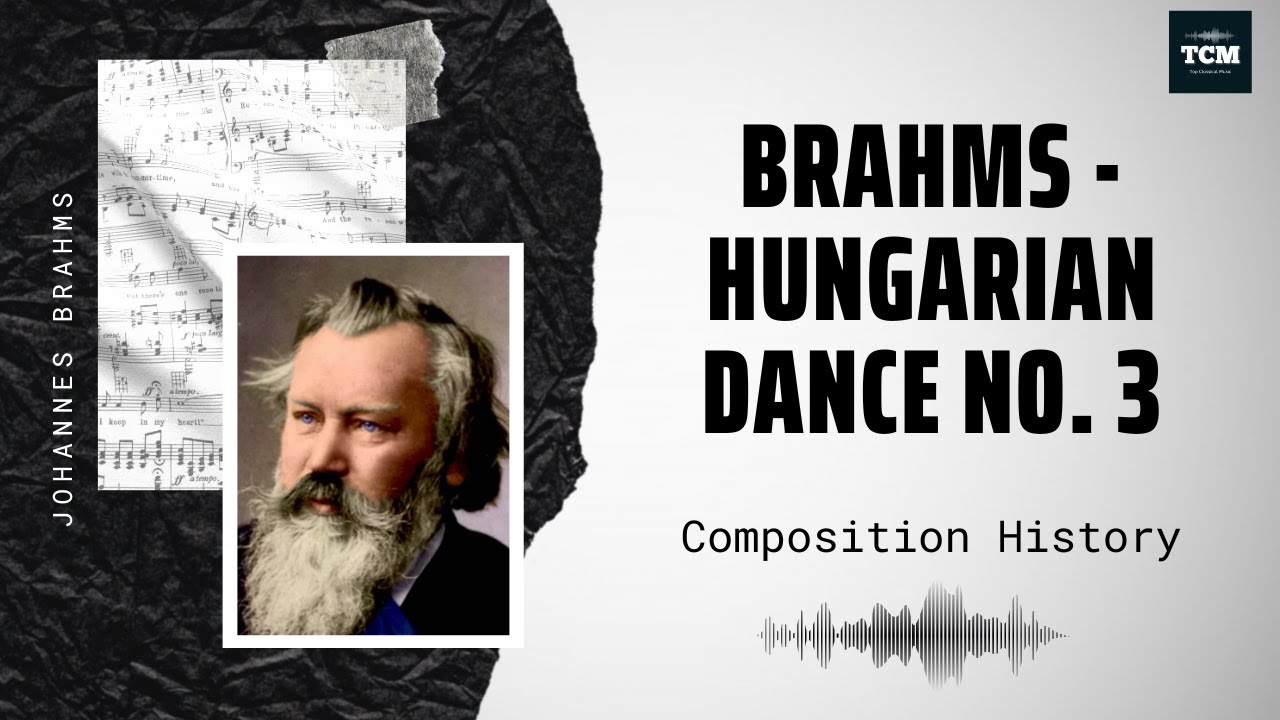
Schumann Biography – Music | History
Robert Schumann (8 June 1810 – 29 July 1856) was a German composer, pianist, and influential music critic. He is widely regarded as one of[…]

Rossini – The Italian Girl in Algiers – Overture – Music | History
L’Italiana in Algeri (The Italian Girl in Algiers) is an operatic dramma giocoso in two acts by Gioachino Rossini to an Italian libretto by Angelo[…]

Schumann – Toccata, Op. 7 – Music | History
The Toccata in C major, Op. 7 by Robert Schumann, was completed in 1830 and revised in 1833. The piece is in sonata-allegro form. The work[…]

Weber – Preciosa, Op. 78 – Music | History
Among Weber’s music for the play Preciosa, a drama that Pius Alexander Wolff derived in 1811 from Cervantes’s “exemplary novella” La Gitanilla, is an overture[…]

Beethoven Biography – Music | History
Ludwig van Beethoven (baptised 17 December 1770 – 26 March 1827) was a German composer and pianist. Beethoven remains one of the most admired composers[…]

Brahms – Hungarian Dance No. 3 – Allegretto in F major – Music | History
The Hungarian Dances (German: Ungarische Tänze) by Johannes Brahms (WoO 1), are a set of 21 lively dance tunes based mostly on Hungarian themes, completed[…]

Vivaldi – Concerto for 2 Trumpets in C major, RV. 537 – Music | History
This concerto in three movements was published around 1950, though little is known about its composition date or circumnstances. The only source for this concerto[…]

Chopin Biography – Music | History
Frédéric François Chopin (born Fryderyk Franciszek Chopin; 1 March 1810 – 17 October 1849) was a Polish composer and virtuoso pianist of the Romantic period[…]

Mozart – Divertimento in F major, K.138 – Music | History
The Divertimento K. 138 in F major was written in 1772, a date which carries various social, political, and musicological connotations – but more fundamentally[…]

Fauré – Barcarolle No.1 in A minor, Op.26 – Music | History
A barcarolle (from French, also barcarole; originally, Italian barcarola or barcaruola, from barca ‘boat’) is a traditional folk song sung by Venetian gondoliers, or a[…]